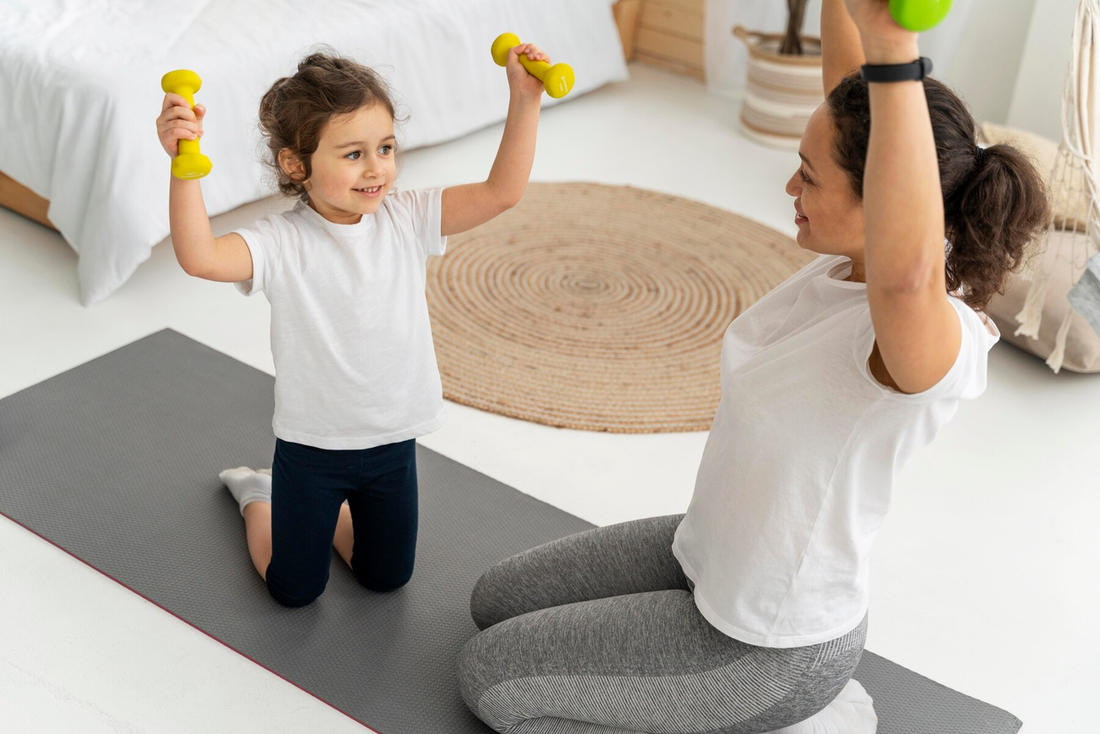Regular physical activity is essential for children’s growth and development. It not only promotes physical health but also contributes to emotional, social, and cognitive development. Encouraging children to stay active helps them build healthy habits that can last a lifetime. Here’s a closer look at the benefits of regular physical activity for children and some tips on how to make it a part of their daily lives.
Physical Benefits
1. Improved Cardiovascular Health:
Regular physical activity strengthens the heart and improves cardiovascular health, reducing the risk of heart disease later in life. Activities like running, swimming, and cycling are excellent for building a strong heart.
2. Healthy Weight Management:
Engaging in physical activity helps children maintain a healthy weight by burning calories and building muscle. This can prevent childhood obesity and related health issues such as diabetes and high blood pressure.
3. Stronger Muscles and Bones:
Weight-bearing exercises, such as jumping, running, and playing sports, help build strong muscles and bones. This is crucial during childhood, as bones are still growing and developing.
4. Enhanced Motor Skills:
Activities that require coordination and balance, such as playing on playground equipment, riding a bike, or participating in sports, improve motor skills and overall physical coordination.
Cognitive Benefits
1. Better Academic Performance:
Studies have shown that regular physical activity can boost cognitive function and improve academic performance. Physical activity increases blood flow to the brain, which enhances concentration, memory, and problem-solving skills.
2. Improved Focus and Attention:
Physical activity helps children release excess energy, which can improve focus and attention in the classroom. It can also reduce symptoms of ADHD and other attention-related disorders.
Emotional and Social Benefits
1. Reduced Stress and Anxiety:
Physical activity is a natural mood booster. It helps reduce stress, anxiety, and depression by releasing endorphins, the body’s natural feel-good chemicals.
2. Increased Self-Esteem and Confidence:
Participating in physical activities and sports can boost a child’s self-esteem and confidence. Achieving goals and improving skills provide a sense of accomplishment and pride.
3. Better Social Skills:
Group activities and team sports teach children important social skills, such as teamwork, communication, and cooperation. These skills are essential for building and maintaining healthy relationships.
Practical Tips for Encouraging Physical Activity
1. Make It Fun:
Choose activities that your child enjoys. Whether it’s playing a sport, dancing, or simply running around the playground, the key is to make physical activity enjoyable.
2. Be a Role Model:
Children often imitate their parents’ behaviors. By staying active yourself, you can set a positive example and encourage your child to be active as well.
3. Create a Routine:
Incorporate physical activity into your child’s daily routine. This can be as simple as walking or biking to school, having a dance party, or playing a game of catch in the backyard.
4. Limit Screen Time:
Encourage physical activity by setting limits on screen time. Replace some of that screen time with active play or family activities.
5. Provide Opportunities:
Offer a variety of activities to keep things interesting. Sign your child up for sports teams, dance classes, or martial arts. Visit parks, playgrounds, and nature trails regularly.




